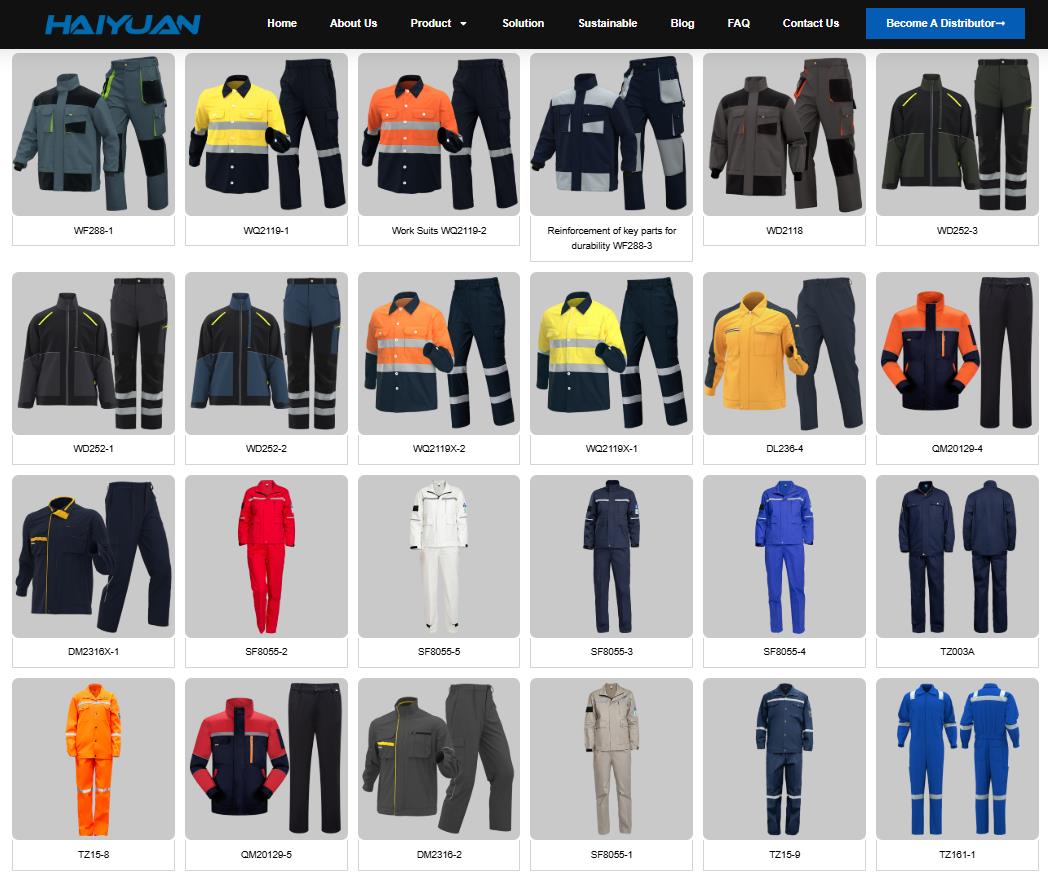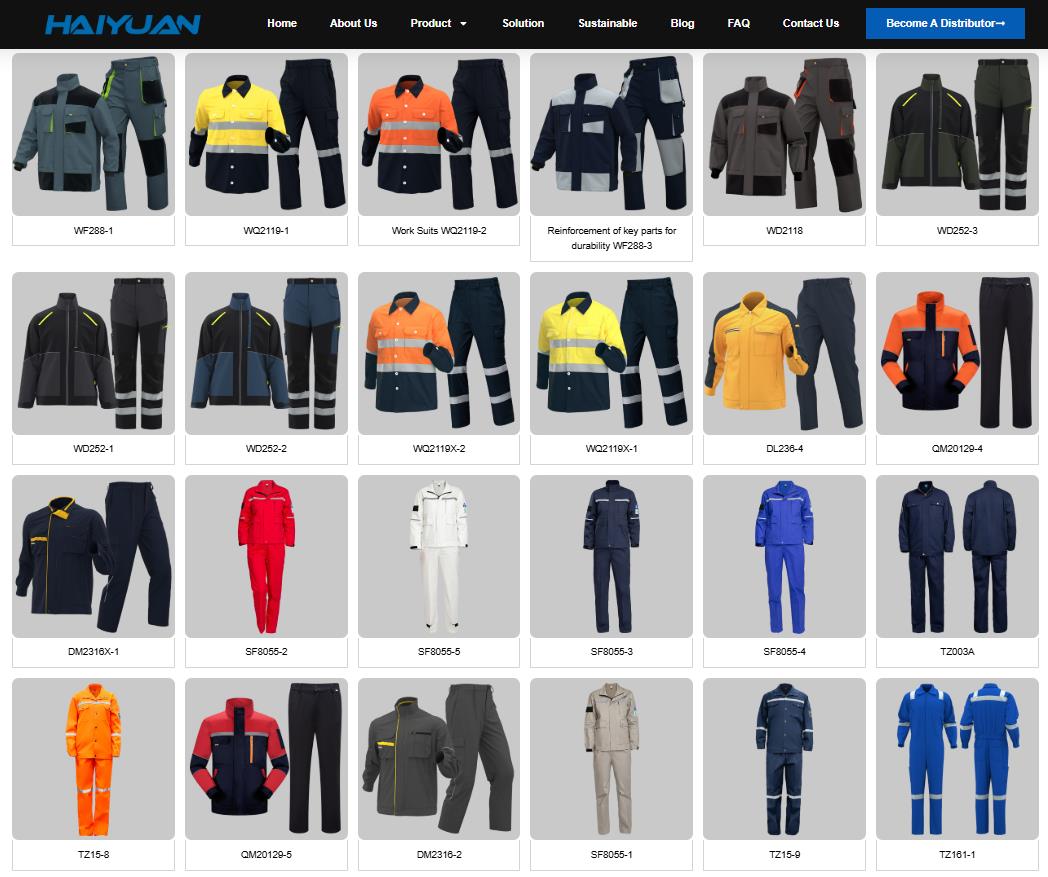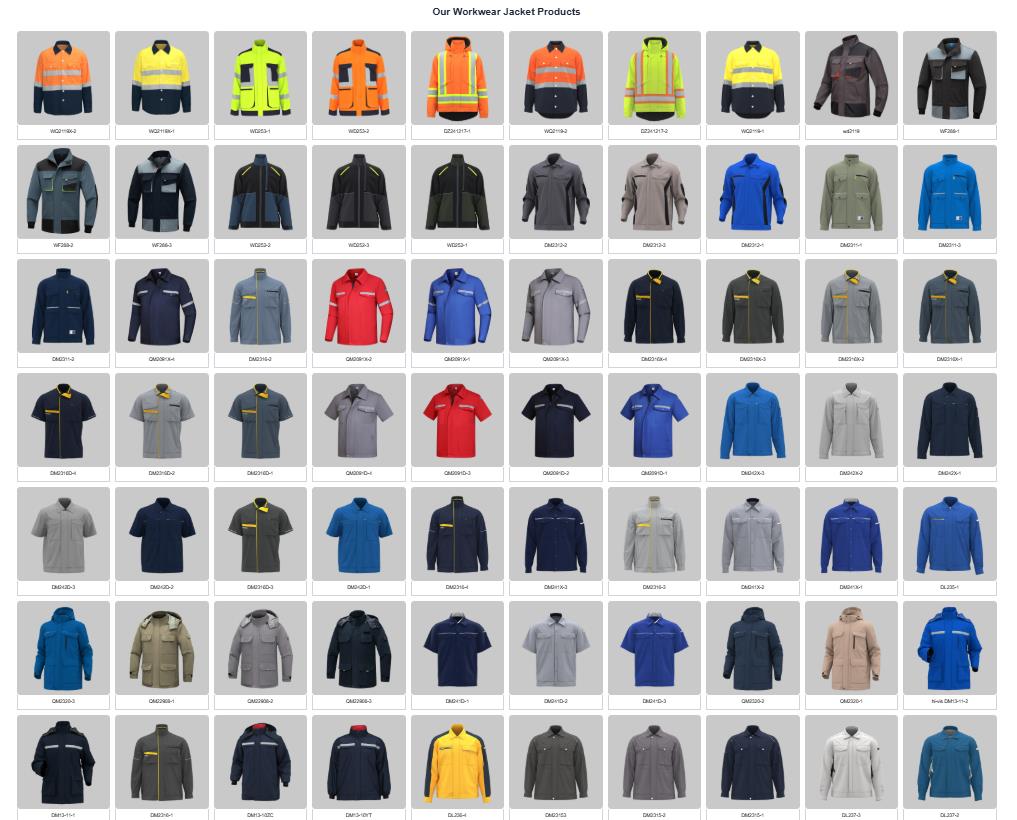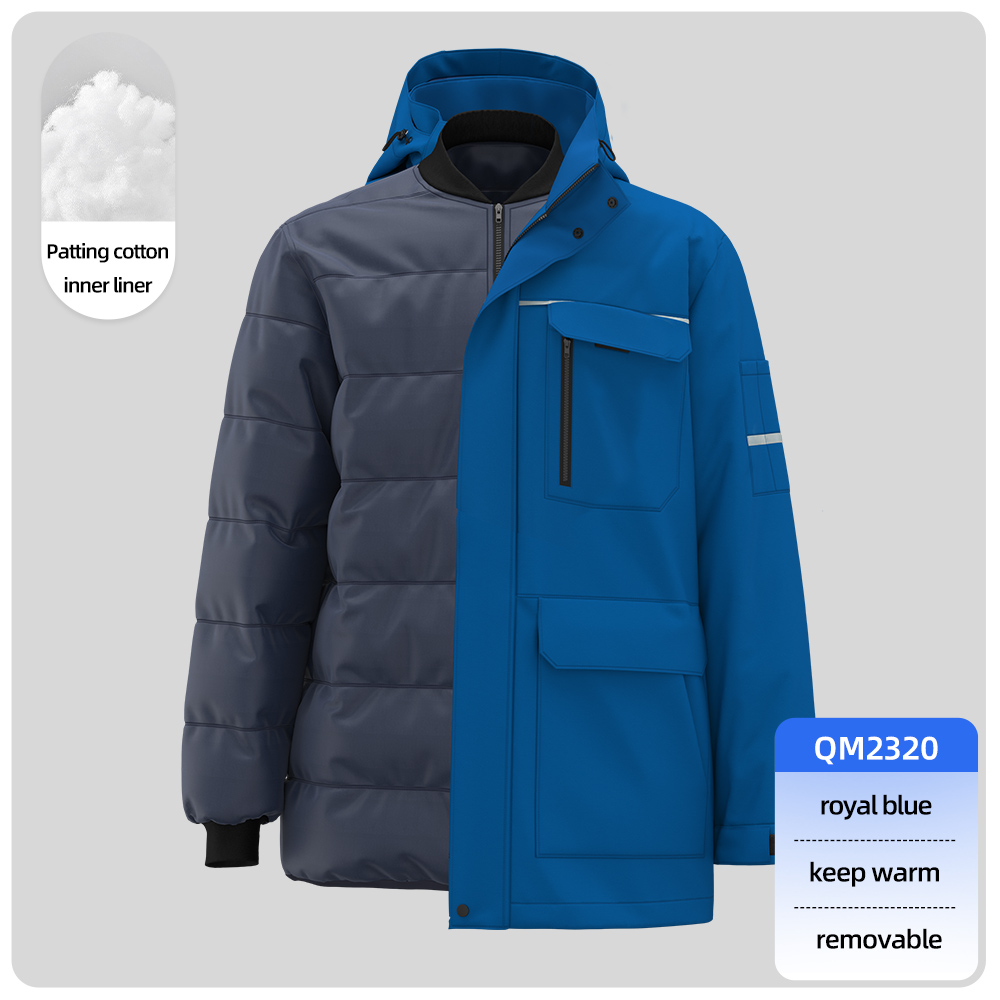Are you a Thai business owner struggling to navigate the complexities of importing high-quality, affordable custom work uniforms from China? You’re not alone. Many companies face challenges like inconsistent quality, hidden costs, communication barriers, and logistical nightmares. This guide will walk you through every critical step—from supplier selection to delivery—ensuring you avoid common pitfalls and secure the best value for your investment.
1. Finding the Right Supplier: Vetting Is Key
Not all manufacturers are created equal. Focus on:
-
Verified Platforms: Use Alibaba, Made-in-China, or Global Sources, but prioritize suppliers with Gold Supplier status or Trade Assurance.
-
Samples First: Never skip this step. Order samples to check fabric quality, stitching, logo embroidery/printing, and sizing.
-
Background Checks: Request business licenses, export history, and client references (e.g., other Southeast Asian companies they’ve supplied).
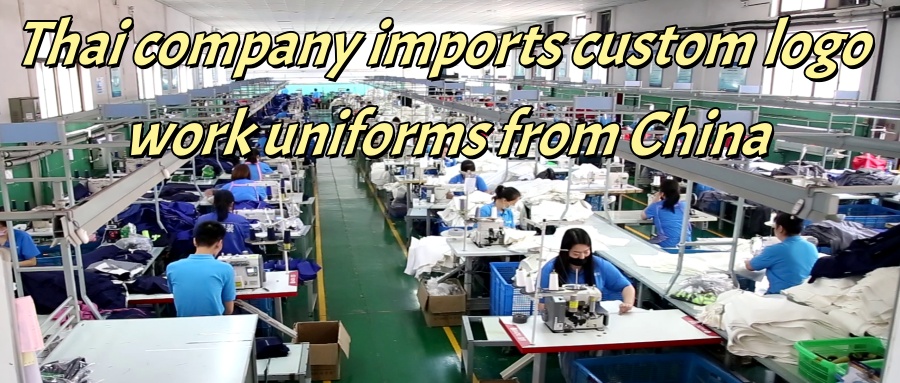
Guide to Importing Work Clothes from China to Thailand
2. Clear Specifications: Avoid Costly Mistakes
Provide a detailed tech pack (technical package) including:
-
Fabric type (e.g., polyester-cotton blend for durability), weight, and color codes (Pantone/HEX).
-
Logo specifications: embroidery thread count, print type (screen print vs. heat transfer), and exact placement.
-
Sizing charts: Include Asian/Thai sizing preferences to avoid returns.
3. Negotiating Smartly: Price vs. Value
-
MOQs (Minimum Order Quantities): Smaller suppliers may offer lower MOQs (e.g., 100 pieces), but larger orders often reduce unit costs.
-
Incoterms Matter: Use FOB (Free On Board) for better control over shipping logistics. Avoid EXW unless you handle China-side logistics.
-
Hidden Costs: Clarify if quotes include logo customization, packaging, or documentation fees.
4. Quality Control: Don’t Skip Inspections
-
Pre-Shipment Inspection: Hire a third-party inspector (e.g., SGS, QIMA) to check 100% of goods for defects, labeling, and compliance.
-
Defect Rate: Negotiate a maximum acceptable defect rate (e.g., ≤2%) and penalties for non-compliance.
5. Shipping and Logistics: Simplify Customs Clearance
-
Work with a Freight Forwarder: Choose one experienced in China-Thailand shipments. They handle customs brokerage, duties, and Thai-specific regulations (e.g., Thai Industrial Standards (TIS) for textiles).
-
Documents Checklist: Ensure the supplier provides:
-
Commercial invoice
-
Packing list
-
Certificate of Origin (Form E for ASEAN-China FTA tariff reductions)
-
Bill of Lading/Air Waybill
-
6. Reducing Risks: Practical Tips
-
Start Small: Place a trial order before scaling up.
-
Secure Payments: Use PayPal or Alibaba Trade Assurance for partial payments (e.g., 30% deposit, 70% after inspection).
-
Plan for Delays: Buffer extra time for production, holidays (e.g., Chinese New Year), and customs clearance.
Final Thoughts
Importing custom uniforms from China can transform your company’s professionalism while cutting costs—but only if executed strategically. By prioritizing supplier vetting, clear communication, and logistics planning, you’ll turn a complex process into a competitive advantage.
Need More Help?
👉 *Download our free checklist: “10 Must-Ask Questions for Uniform Suppliers“*
👉 Explore related topics: “How to Calculate Total Landed Cost for Imports” or “Navigating Thailand’s Customs Duties for Textiles”

